We may earn money or products from the companies mentioned in this post. This means if you click on the link and purchase the item, I will receive a small commission at no extra cost to you ... you're just helping re-supply our family's travel fund.
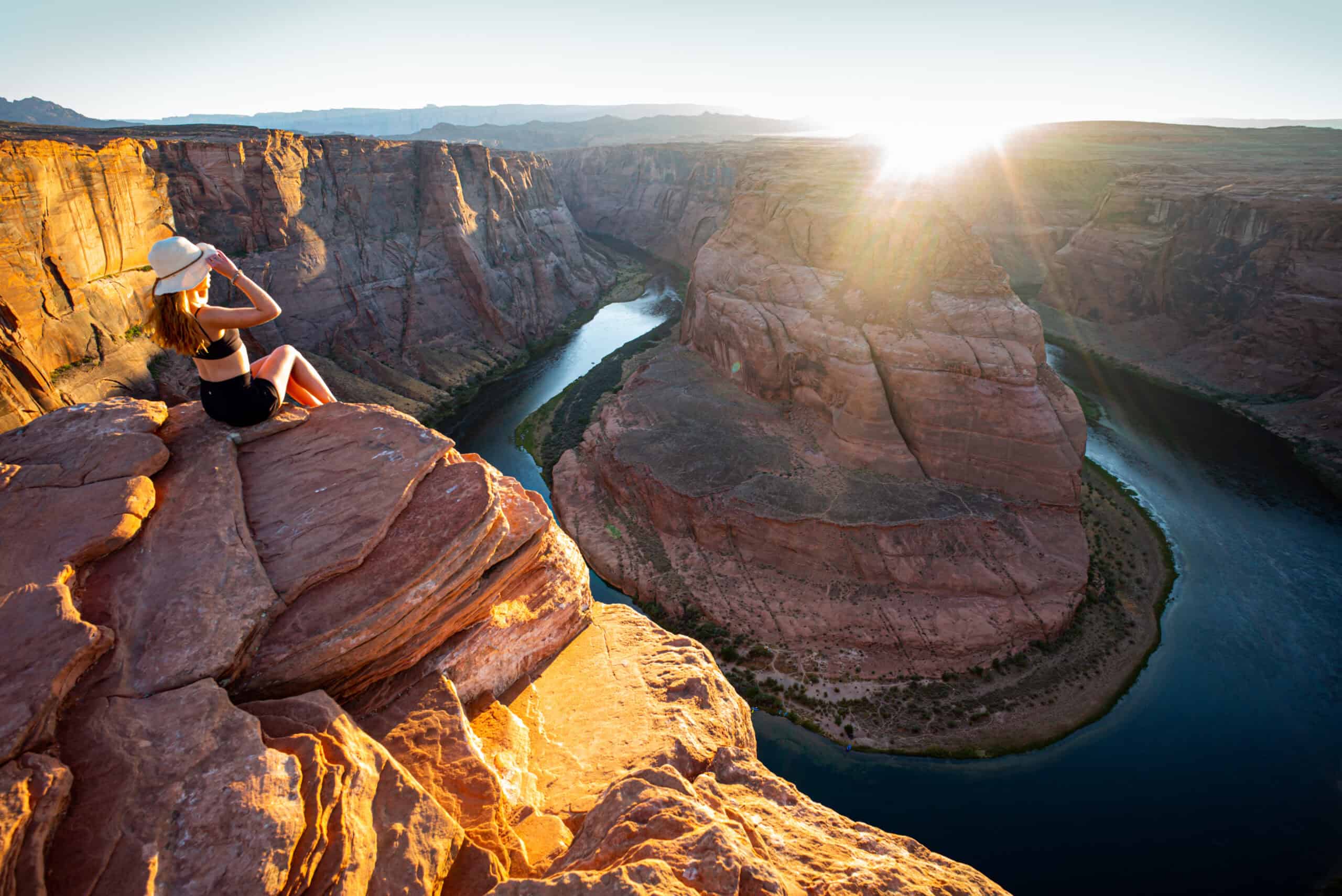
Social feeds turned quiet overlooks and village corners into global stage sets in just a few seasons. Viewpoints that once saw a handful of hikers now absorb buses, drones, and ring lights from sunrise to blue hour. Many of these places never charged admission and rely on simple paths, fragile plants, and small town services. The attention brings income, but it also brings erosion, trash, and tension. What felt like a shared secret now feels like a backdrop under siege.
Fjaðrárgljúfur Canyon, Iceland
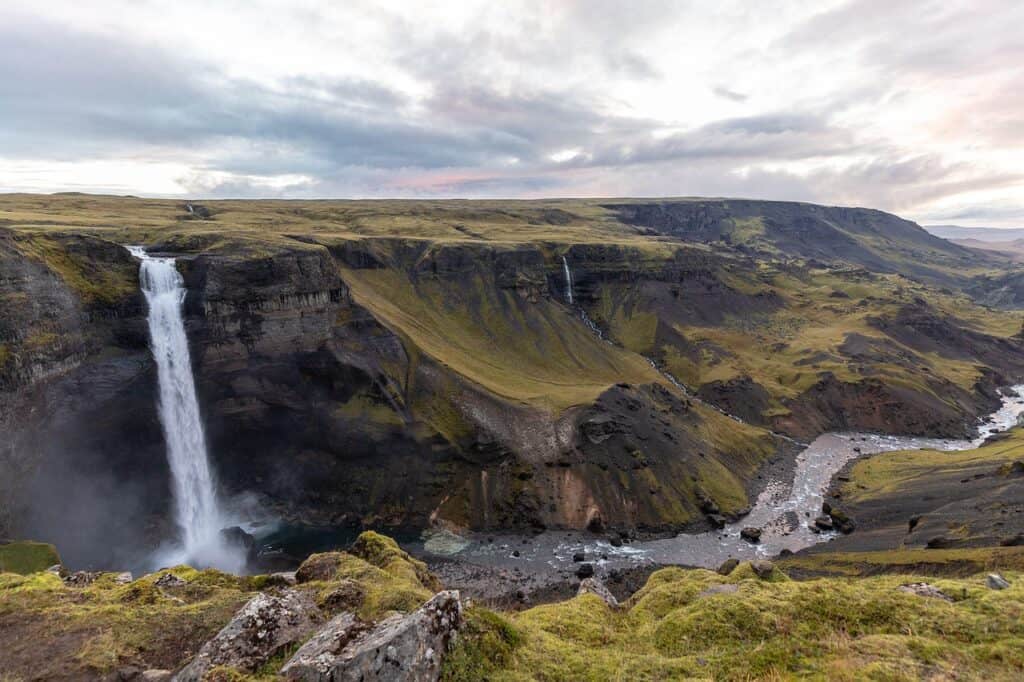
This narrow Icelandic canyon became a magnet after music videos and moody drone shots spread online. Visitor numbers spiked so fast that rangers closed access more than once to give mossy slopes and muddy trails a chance to heal. Paths not built for heavy traffic turned slick, and cliff edges tempted people toward risky poses. The canyon still looks timeless in photos, yet on the ground it carries scars from crowds chasing that exact frame.
Hallstatt Lakeside Viewpoint, Austria

Hallstatt used to move at village speed, with a lakeside square, simple boats, and church towers reflected in quiet water. Viral posts turned one free overlook into a conveyor belt of tour groups eager for a single postcard shot. Residents in a town of a few hundred now host thousands of day trippers on busy days, many staying just long enough for a selfie. Local leaders weigh bus caps and timing rules as daily life squeezes around the constant photo rush.
Trolltunga Cliff, Norway
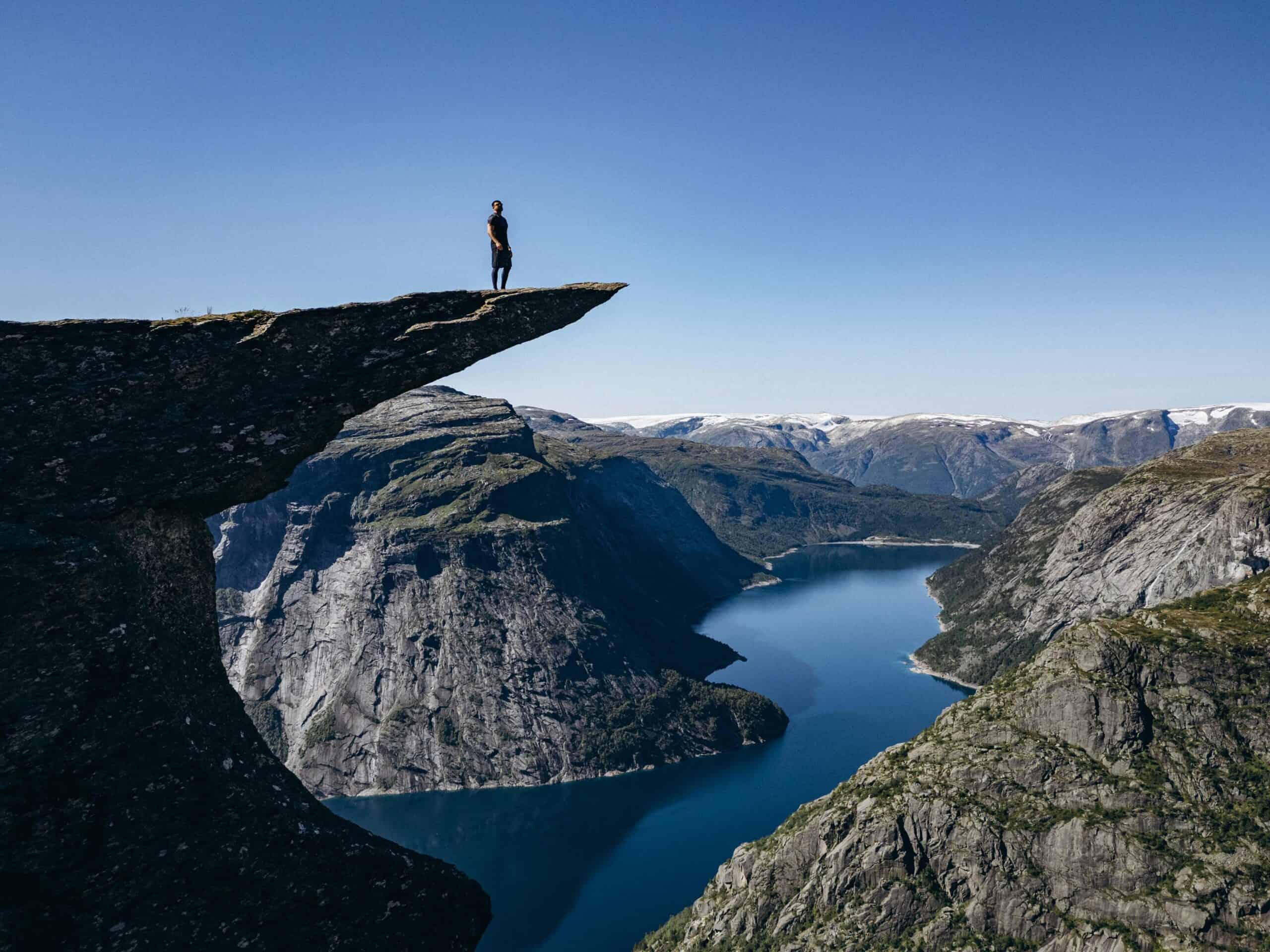
Trolltunga was once a serious backcountry hike known mostly to locals and dedicated trekkers. Instagram fame transformed the ledge into a must do shot, sending poorly prepared hikers onto a long, exposed route with mountain weather and limited facilities. Rescue calls climbed along with visitor numbers, and trail crews race to keep erosion and waste under control. The dramatic rock remains free to visit, but the cost now shows up in safety briefings and overworked rescue teams.
Horseshoe Bend Overlook, Arizona
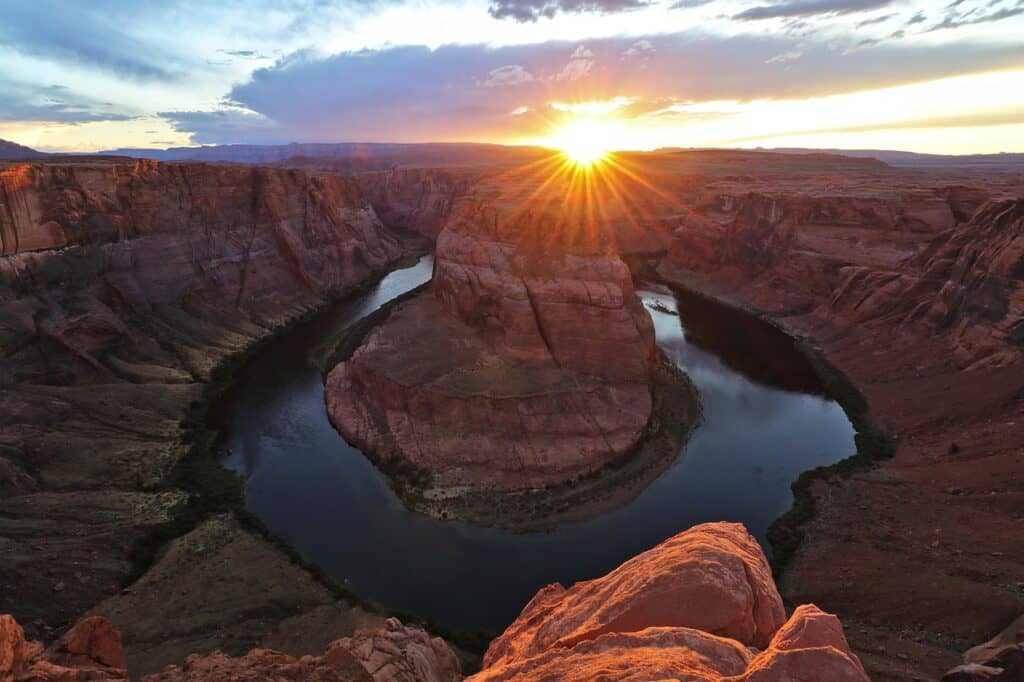
For years, Horseshoe Bend was a dusty roadside pullout where a short walk reached a vast river curve. Viral images brought buses, influencers in flowing outfits, and cars overflowing onto the highway. Authorities responded with a paved lot, railings, and a modest access fee simply to manage basic safety. The view is still wild at heart, yet crowded paths, fenced edges, and constant posing sessions remind visitors that the overlook is straining under its own popularity.
Walker Canyon Poppy Slopes, California
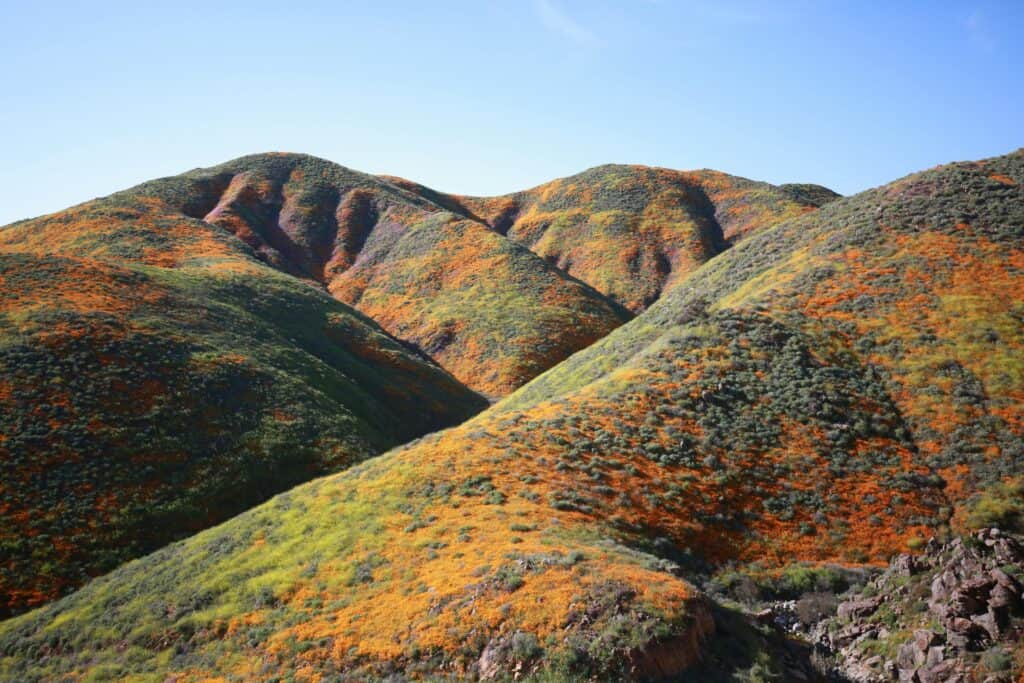
The hills above Lake Elsinore turned electric orange during rare super bloom seasons and quickly became social media stars. Lines of people walked straight into dense flowers, flattening plants and carving new paths while traffic backed up for miles on nearby roads. Local officials eventually closed key areas during peak bloom to protect both drivers and slopes. The poppies will return on their own schedule. Whether they find space to thrive between tripods is now an open question.
Ha Giang Mountain Viewpoints, Vietnam
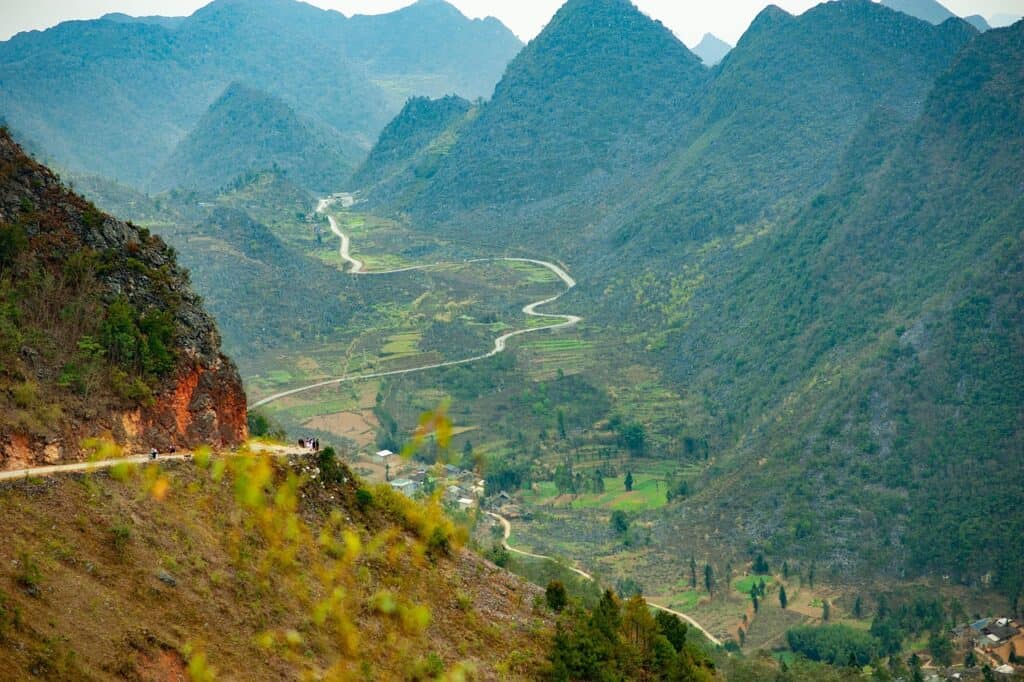
The Ha Giang Loop in northern Vietnam winds along steep valleys and karst peaks that once saw mostly local traffic. Online travel reels turned specific bends and cliffside pullouts into bucket list stops, even where there are no guardrails or proper parking. Small cafes and homestays rush to serve the surge, but waste, noise, and road wear grow faster than services. Riders still enjoy free mountain views, while nearby villages absorb the strain of sudden fame.
Chefchaouen Blue Alleys, Morocco
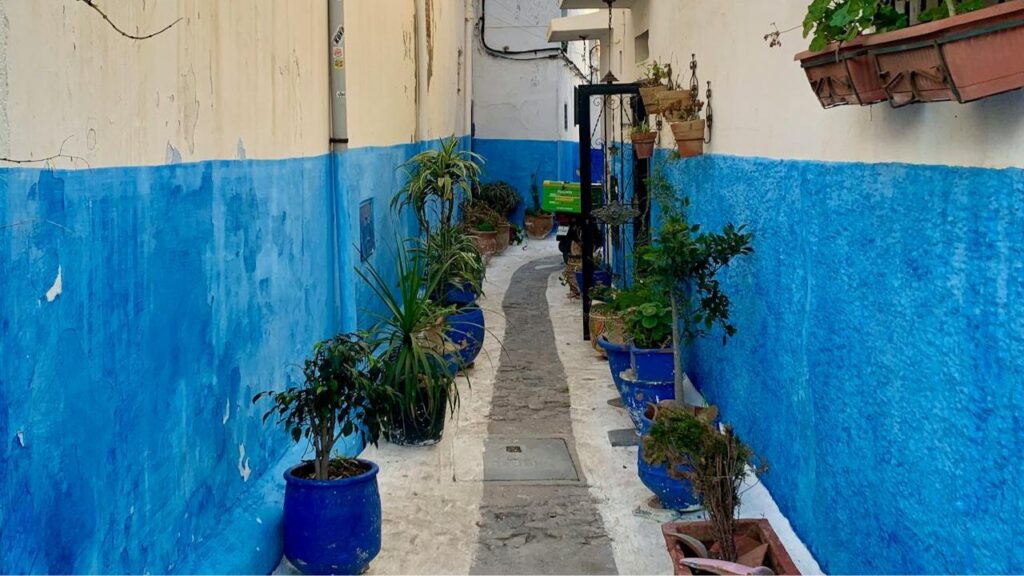
Chefchaouen’s painted medina once invited unhurried wandering, with blue walls as a backdrop to daily life, not a set. Instagram narrowed attention onto a handful of staircases and doors, where queues now form for solo portraits. Residents have watched strangers sit on private steps, move plants, and treat homes like studios. Some respond by charging small fees or closing shutters during peak hours. The town keeps its beauty, yet the easy neighborly rhythm has been replaced by constant performances.
Cliffs Of Moher Coastal Paths, Ireland

The Cliffs of Moher long offered free drama where Atlantic waves hammer sheer rock. Social media pushed more visitors toward unprotected edges in search of cleaner, rail free frames. Rescue teams and staff now spend time urging people back from unstable turf and monitoring busy sections of the coastal trail. New routes, fences, and warnings try to balance safety with the sense of open coast. The cliffs still tower over the sea, but they do so under close watch.
Oia Sunset Walls, Santorini, Greece
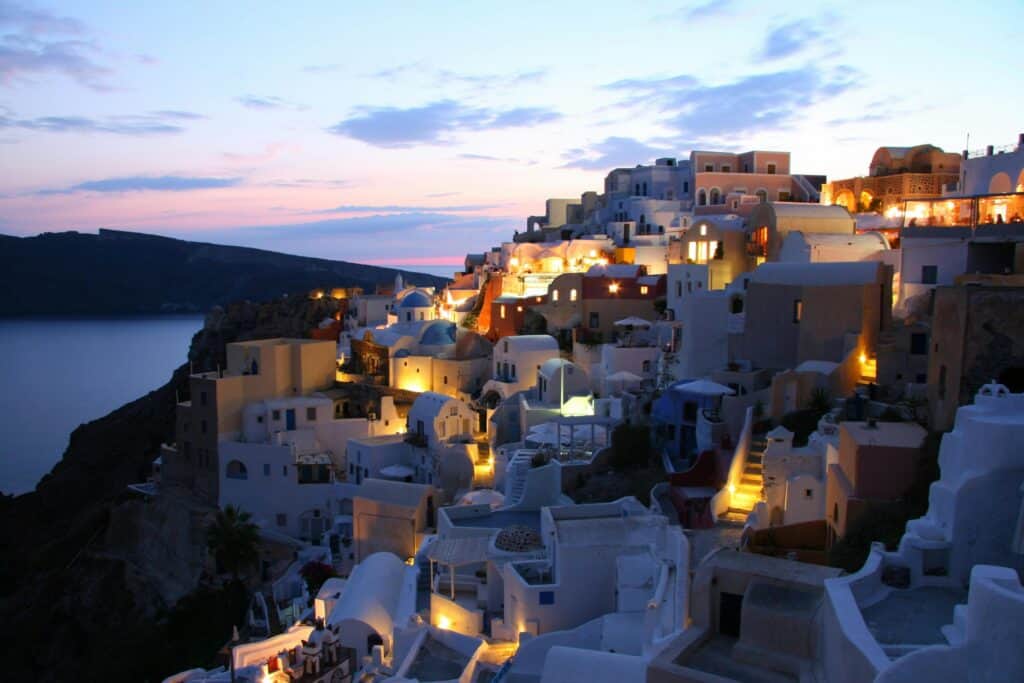
Oia’s low walls and terraces used to hold small clusters of neighbors watching fishing boats return as the sky dimmed. As sunset shots filled feeds, narrow lanes began to flood each evening with cruise excursions, drones, and photographers guarding tripod spots. Residents weave through bodies simply to reach front doors, and officials debate limits on ships and tours. The caldera view still glows at dusk. The quiet communal moment that once framed it now sits buried under applause and selfies.
Sleepy Hollow Farm Overlook, Vermont

Sleepy Hollow Farm in Pomfret spent decades as a private property on a rural road, framed by maples and rolling hills. Autumn images turned its driveway into one of New England’s most reposted scenes, drawing visitors who blocked traffic, trespassed, and clogged access for emergency vehicles. In response, local leaders closed certain roads to nonresidents during foliage season. The farm and hills have not changed, yet the famous free roadside view now exists mostly in past photos and restricted glimpses..Z